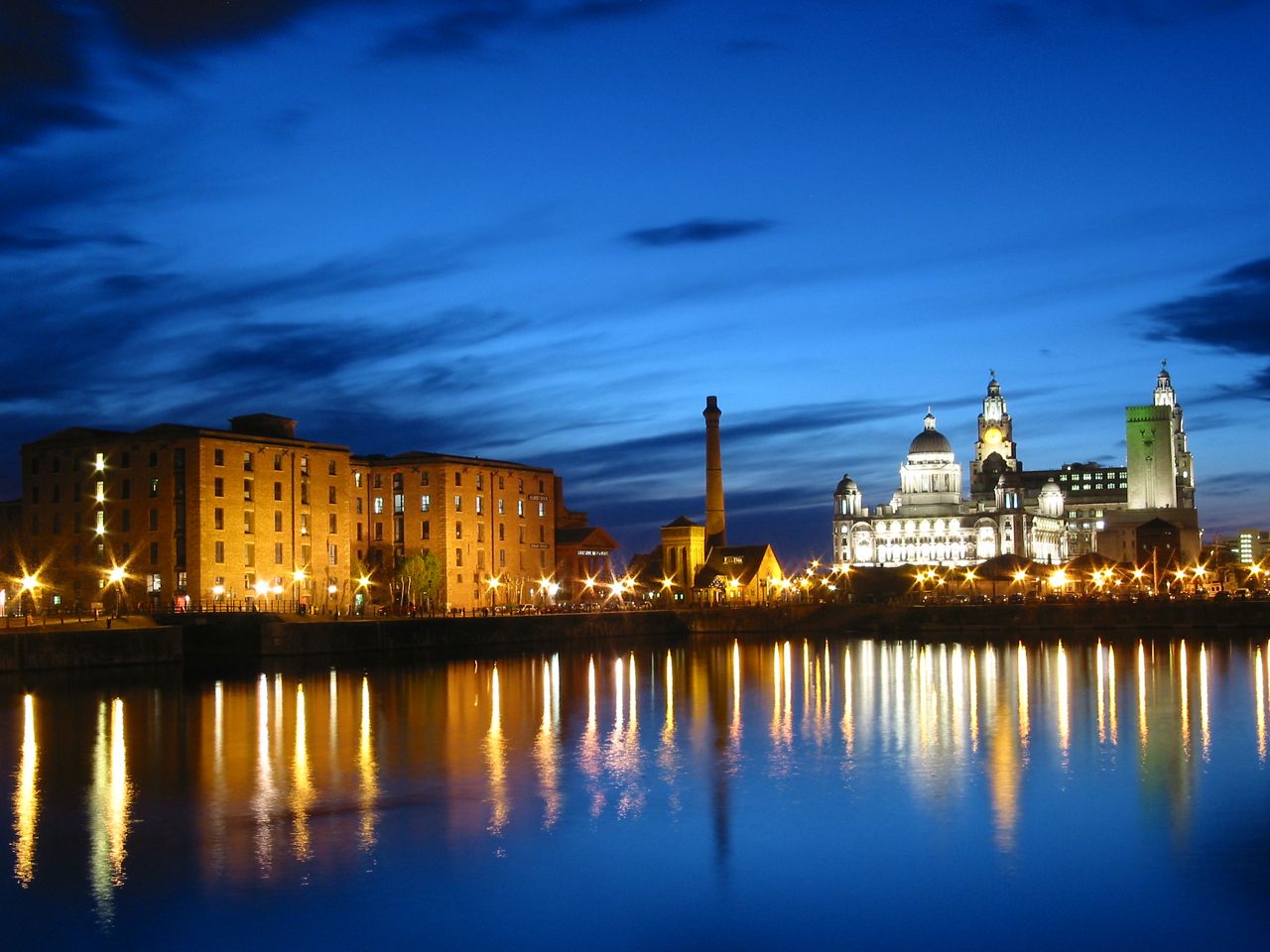by Rebecca Riley
Last week I attended a workshop organised by Red Ninja Studios, bringing together a wide range of place based organisations, to explore what a technologically integrated future for Liverpool would look like. We spent the day exploring the three main domains of economy, health and transport, what the issues were in the city, what data was available and what innovative ideas we had to solve the issues through technology.
The discussion was interesting and lively but throughout the sessions I kept coming back to ‘why?’. Technology seemed to be the answer but what was the question, what were we trying to achieve?
Smart Cities is the latest policy buzzword – our briefing earlier in the week highlighted the wealth of research and development which is going on in this area and how great leaps in technology are changing the way we live and work in cities. The danger with looking at developing Smart Cities is that the opportunities and options are boundless, and this came through in the workshop. Smart travel systems, integrated health care, environmental measurement, technology development, graduate retention, high quality jobs, access to learning – all could be tackled through integrated next generation technology. So how do we prioritise and get the highest impact we can in a city such as Liverpool?
One of the participants asked “what connects all these ideas, what integrates them?” the simple answer is people, not technology.
So on returning to my desk (or rather my kitchen as I am one of the nation’s 4.2m home workers) I started to think about what ‘people’ would want from a technology driven environment, rather than what the technology will deliver to the people.
A guide on service design in smart cities highlights that we have to start with the ‘business proposition’; people have to be willing to ‘buy’ the service on offer. It highlights two reasons for improvement:
Improving customer service
- Increasing the take up of services among key groups to achieve targets
- Making it easier to access services
- Giving a better service
- Giving a service targeted to individual needs
- Giving access to a broader range of services
Improving efficiency
- Increasing take up among key groups to increase income
- Increasing early take up and reducing more expensive interventions later
- Improving processes to streamline services and reduce costs
- Switching customers to more cost efficient channels
These business imperatives should be at the heart of any technology implementation and technology can impact across all these goals but, form should follow function.
When people were asked by Steer Davies Gleave what words describe a ‘Smart’ city their response was surprising. Although there were a wide range of answers (reflecting the diversity of the term), ‘clean’ and ‘technology’ came out top, followed by ‘transport’, ‘friendly’, ‘connect’, ‘internet’ and ‘eco’. Overall people said smart cities should aim to be ‘a pleasant place to live, work and socialise’ with a ‘healthy, vibrant economy’, and sustainability was at the bottom of the list. When answers were normalised for population, Oxford, York, Bath and Cambridge were seen as the most ‘smart’ cities – all areas with higher ‘smart’ populations as well as ‘nice’ places to live. The priorities for making cities smarter were seen as availability of facilities and services (shops, places to eat and drink, sports and entertainment), modern public transport and safe, secure travel. People want good quality of life experiences.
Future Everything presented a series of essays aimed at shifting the debate on future cities towards the central place of citizens and open urban infrastructures. The essays focus on how cities can create the policies, structures and tools to engender a more innovative and participatory society. Dan Hill discusses the idea that “smart citizens make smart cities” and a city cannot be ‘managed’– it’s a living organic response to people’s lives, where people are often invisible in the management of transport or infrastructure systems. As Hill says, smart cities do not exist, but smart citizens do. The city is its people and technology should enable people to come together.
Can we harness the power of the citizen as an ‘organic sensor’ to improve services, drawing them in to actively engage with improving society? Can a ‘smart city’ be one where active, participatory, citizenship becomes central to the development of infrastructure? If a cities’ smart citizens applied their Instagram, TripAdvisor and Twitter engagement to the transport network or the health centre they use would it drive more responsive services? The answer is yes, but only if those services are listening or care. How can technology help citizens reclaim their space; would we all share information if it improves our quality of life?
The challenge for technology is to respond to the smart citizen, the millennials and generation Alpha will have very different demands, ones we cannot conceive of now. The challenge for government and large technology firms is not to emphasise top-down solutions but to respond to the issues, aspirations and abilities of individuals and make personal and civic responsibility core to a Smart City Vision.
Further reading
Smart cities – the who’s, what’s, where’s?
Accenture Survey 2013: What Travellers Want from Public Transport Providers
Smart Cities and Smart Citizens
Share
Related Posts
The Knowledge Exchange Information Service will close on Friday 23 December. Our service will reopen on Tuesday 3 January 2023. The first bulletin of 2023 will be published on 11 January, and the first Topic Updates of the New Year […]
It is well recognised that the UK faces a shortage in STEM (science, technology, engineering and maths) skills, and that at current projections, this gap in skills and knowledge is only going to grow in the coming years. Before the […]
“Nearly Cloudless Scotland, As Seen From the ISS” by NASA’s Marshall Space Flight Center is licensed under CC BY-NC 2.0 It may come as a surprise to learn that Scotland is on its way to becoming a space industry superpower. […]

